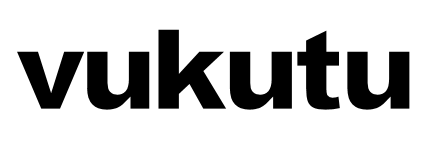- Distributed Ledger Technology play-off
-
Our client was a consortium of competing global companies and financial institutions planning to create a shared distributed ledger (DLT) platform to manage their joint supply chain. After an analysis of the various platform technologies (Enterprise Ethereum, R3 CORDA and Hyperledger), the consortium invited selected software houses to each develop a proof-of-concept (PoC) for the application as a trial of the alternative platforms and to assess the expertise and working styles of the software houses. Of some 50 tech companies initially invited to participate, a dozen made it to the final shortlist, and these then had only two weeks to develop a PoC. The winners were then invited to enter negotiations for selection as strategic technology partner for the consortium. We assisted with the design of the play-off, the design of the evaluation and scoring criteria, and we participated in the evaluation.
- Blockchain Proof-of-Concept for a global bank
-
We implemented a proof-of-concept blockchain for internal foreign currency transactions for a Tier 1 global bank, transactions which are currently executed via the SWIFT network. The project began with an assessment of alternative blockchain solutions, and then proceeded to implement the system on one of these (Ethereum). The PoC was intended both to assess the suitability of the selected platform and to stress-test a blockchain solution for this application. Because the client's internal currency trades were not distributed evenly through a week or a month, the solution needed to be able to handle very peaked traffic flows without loss or delay. The PoC was a success, the client subsequently decided to proceed to development of a production system. - Cryptocurrency strategy for a hedge fund
-
We were asked by a hedge fund to advise on the development of a strategy for entry to cryptocurrency markets, identifying strategic options, analyzing the risks and opportunities of each option, and leading to the preparation of an implementation plan for the selected option. The project considered commercial and financial aspects of the strategic options, with legal aspects considered by a separate team of legal advisors. - DLT business case and implementation plan
-
We assisted a consortium of global companies and banks to prepare a detailed business case and business plan for the development of a a shared platform to manage their cross-company workflows. Technologies considered and evaluated included a shared, centralized database as well as the major distributed ledger platforms (Ethereum, CORDA and Hyperledger). Once built, the platform is expected to provide significant opportunities for value-added information-intensive services over the top of the shared platform, - Timing of technology transition
-
Our client was an existing provider of telecommunications services to both consumer and corporate customers. The launch of a new infrastructure technology would mean that the company could provide many additional services to existing customers and attract new customer segments. The company had therefore already decided in principle to transfer its operations to the new technology. The crucial question, however, was timing: transition too soon, and the company would not be able to take best advantage of falling equipment prices; transition too late, and the company may lose potential customers to competitors already operating with the new technology.
After an analysis of the technological, operational, competitive and customer-demand factors likely to influence the success of the transition, we constructed a simulation model to explore alternative future development scenarios in this business environment. The model enabled an impact analysis of alternative transition-timings, the advantages and disadvantages of each alternative, along with a business case/RoI analysis for selected alternatives. The main value of the model was in reducing the complexity of the decision landscape, so that the company's executives could quickly understand the consequences of the main alternative timings in sharp relief, and then choose between these alternatives using standard RoI criteria.
